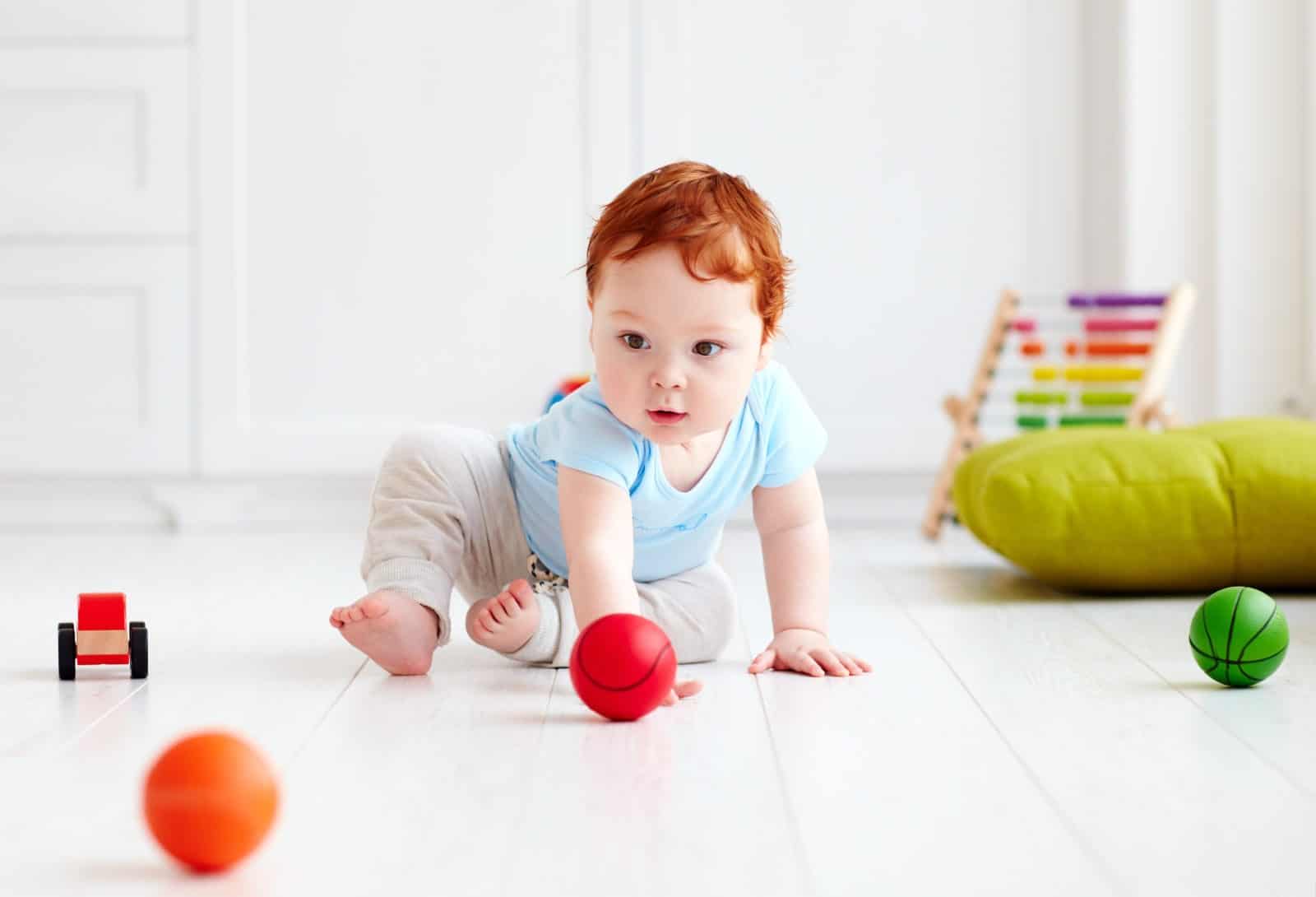by Dr. Lauren Formy-Duval
Much goes into the growth and development of a child. Parents and nannies know that each child has basic physical needs such as food, warmth, and shelter; but they also have emotional needs that are equally important such as love and nurturance. In order to fulfill these needs, an infant will form attachments with their caregivers. This is a major element of their overall development.
Attachment is a mutual connection between two people in which proximity is desired.
It is a foundation piece for healthy childhood development. The securely attached infant feels a sense of safety, a sense of comfort and security, a desire to be close to the caregiver, and a feeling of distress when separated from the caregiver. The attached child will seek contact with the caregiver to share joy and pleasure or during times of tiredness, illness, and other distress. If it is a healthy attachment, the child will gain confidence and comfort from this contact. Attachments do not have to be perfect in order to be effective.
People will have multiple attachments over their lifetime, but young children typically form a preferred attachment to one person. This figure can and often changes over time. These early attachments form a foundation for relationships with others that lasts into adult life. Our early experiences in attachments influence the types of interactions we expect to have with other people in later relationships. They also help shape the sense of safety and predictability we expect from the world.
There are many theories with respect to attachment.
Early theorists such as John Bowlby proposed that attachment is an innate process that increases the chance of an infant’s survival by connecting the infant to a caregiver who will meet his needs and protect him from danger. He believed there was a critical period from 6 months to 3 years for attachments to form after which the opportunity ends. Modern-day theorists believe that though there is a sensitive time when attachments are more easily formed and have a greater impact on development, it is not as rigid as Bowlby first proposed.
Several people expanded on Bowlby’s work. Erik Erikson theorized that a secure attachment to caregivers is necessary for instilling in the infant a basic sense of trust in both the infant’s needs being met by the world and the infant’s ability to cope with its own urges. By coping with its own urges, he is talking about a baby’s growing ability to tolerate internal discomfort and needs such as being hungry or cold. Erikson created a theory of lifespan development that proposes that at each stage of life there are conflicts that must be resolved for healthy development.
Other theorists such as Mary Ainsworth, wanted to understand how to capture the types of attachment a child might have with their caregiver. Her ‘Strange Situation’ procedure assessed whether or not the mother is a secure base from which the child can explore. It led to well-recognized styles of attachment classification often still used: secure, insecure/avoidant, and ambivalent/resistant. Recent research has shown that Ainsworth’s conclusions have some limitations, but it remains a strong contribution to the understanding of types of attachments that children develop with their caregivers and what impact that may have on behavior and the quality of the child’s relationships with other people.
Children often spend most of their awake time during the week in the care of non-parental childcare providers. Since attachment is so important to the development of a child, how can these caregivers encourage healthy attachment with their charges?
The first thing nannies and caregivers should remember is to be sensitive and respond quickly to an infant/child’s signals.
You cannot spoil a child and responding quickly and sensitively helps teach the infant that their needs will be met, they are okay, and the world is safe. Caregivers should interact with the child frequently and show affection and positivity towards the child with lots of hugs, smiles, and praise. They should follow the child’s lead during interactions being careful not to overwhelm the child. Secure attachments are encouraged when a caregiver can “attune” or accurately read and respond to a child’s needs at the child’s pace.
Caregivers should get down to the child’s level. Play should be mutual, and the caregiver should always support and encourage the child as they explore their environment.
In infants, the attachment quality and the feedback received from their attached caregiver influences their sense of safety and trust in the world. It impacts how they will approach and react to relationships with others as they age. Children with a secure attachment to a primary caregiver generally do better with coping and relationships. Caregivers can encourage secure attachments through being sensitive, responsive, and caring to infants and children.
Attachments do not have to be perfect in order to be effective. People can have multiple attachments. Typically, children will form a preferred attachment to one person, but this figure can change over time. Attachments form a foundation for relationships with others. Early experiences with attachments influence the types of interactions we expect to have with other people in later relationships. They also help shape the sense of safety and predictability we expect from the world.
About the Author: Dr. Lauren Formy-Duval is a faculty member of the US Nanny Institute. She is a licensed psychologist with a private practice in Durham, NC and has spent over 15 years helping to strengthen children and families. To learn more, an Understanding Children course is available with enrollment in the Basic Childcare program


Recent Comments